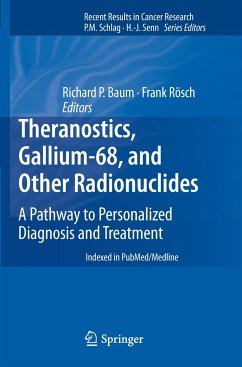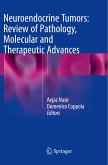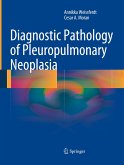This casebook details key information and findings in PET oncology imaging. PET CT has been increasingly utilized in clinical practice for diagnostic evaluation, initial staging and restaging of malignancies, and plays an important role in optimal patient care. Although F-18 fluorodeoxyglucose (FDG) is still the dominant radioactive tracer in oncology PET imaging services, a handful of new tracers have recently gained the US FDA approval, such as Ga-68 or Cu-64 DOTATATE for carcinoid/neuroendocrine tumors, and F-18 Fluciclovine (AXUMIN) and PSMA for recurrent or metastatic prostate cancers. Clinical interpretation of PET CT oncology scans is often challenging, due to the specific nature of these positron emission radioactive tracers, variable background tracer activities in different organs/tissues with normal variants, complex tumor biology, and wide-ranged treatment responses, especially with emerging and new molecular and immune therapy agents. This book serves as a hands-on casebook on how to interpret oncologic PET CT studies in clinical services with a special emphasis on phenotypic nature of oncologic imaging.
Clinical cases are presented in a way that is familiar to physicians from their training in nuclear medicine services. Each case starts with key clinical information or background, followed by well-displayed PET CT images, along with pertinent questions highlighting the key findings and explanation, as well as the importance in diagnosis and clinical implications on separate pages. Clinical and imaging key findings and final impressions are highlighted throughout along with qualitative and quantitative demonstrations of phenotypic nature of modern PET imaging.
Written by two nuclear medicine PET specialists with decades of first-hand clinical experience, this is an ideal guide for nuclear medicine attending physicians, diagnostic radiologists, medical and surgical oncologists, and relevant trainees.
Clinical cases are presented in a way that is familiar to physicians from their training in nuclear medicine services. Each case starts with key clinical information or background, followed by well-displayed PET CT images, along with pertinent questions highlighting the key findings and explanation, as well as the importance in diagnosis and clinical implications on separate pages. Clinical and imaging key findings and final impressions are highlighted throughout along with qualitative and quantitative demonstrations of phenotypic nature of modern PET imaging.
Written by two nuclear medicine PET specialists with decades of first-hand clinical experience, this is an ideal guide for nuclear medicine attending physicians, diagnostic radiologists, medical and surgical oncologists, and relevant trainees.








